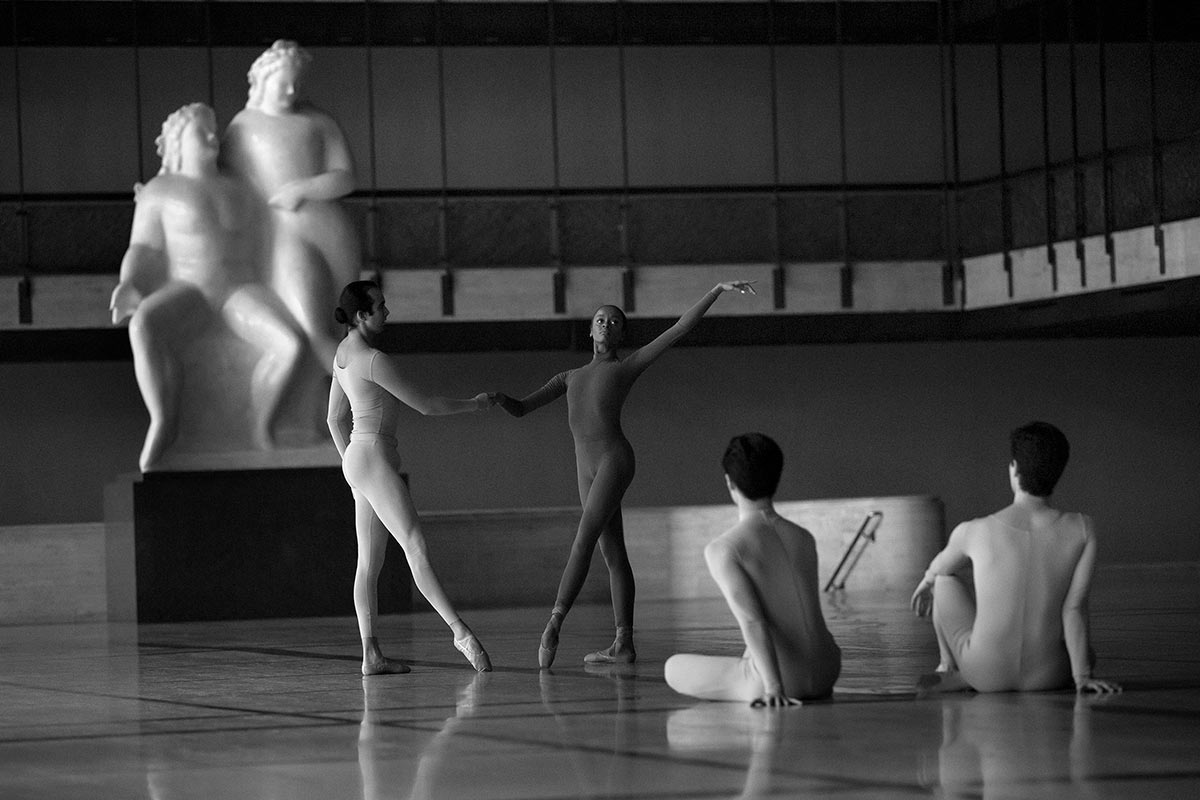
© Erin Baiano. (Click image for larger version)
New York City Ballet
When We Fell
★★★★✰
Filmed at New York’s David H. Koch Theater
Streamed 8 April 2021. Available through to 22 April.
www.nycballet.com
Ghostly presence
It has now been over a year since theaters shut down, and though there is a light at the end of this particularly grim tunnel, theaters for the most part still remain closed, and dance companies continue producing fine, well-curated, intelligent, heartfelt works intended to be watched and consumed online. I can’t quite bring myself to say “enjoyed” online, because the joy of a live premiere, even a disappointing one, simply isn’t there. The longer we go without attending live performances, and the physical thrill it brings, the more disembodied the art of dance feels.
And yet, this is clearly the only way forward, for now, and it is obviously of great importance that dancers continue to dance, and that choreographers continue to make dances. The latest offering from New York City Ballet, by Kyle Abraham, is a particularly handsome, intelligent, and well-filmed example of the genre. “When We Fell,” for eight dancers, including Taylor Stanley, Christopher Grant, India Bradley, and Claire Kretzschmar, is set to three quiet piano pieces, by Morton Feldman, Jason Moran, and Nico Muhly. It is strong on atmosphere. Both the music and the cinematography by Ryan Marie Helfant – black and white, but really, mostly gray – has an unsettled, melancholy, unresolved feeling. Filmed on the promenade and stage of the company’s home theater, the dancers are like lost souls – the shadows of dancers, perhaps – moving in a vast space, waiting for life, and color, to return.
The ballet is like the film negative of Abraham’s previous work for the company, The Runaway, which teemed with life. The Runaway was bold, provocative, delightfully in your face. Now, all the color has been sucked away, and what is left are these ghostly bodies, clad in monotone unitards, exhibiting the bare bones of their technique. It is as if Abraham had decided to place their unique way of moving, that fine-hewn Balanchine style, under a microscope. As he himself has said, there are strong allusions to Agon, in the spacious, impassive partnering, as in the spare, almost geometric placement of the body: the strongly-crossed tendus, the open, unapologetic torso, the elongated shapes. The dancers embody the same qualities seen in the architectural structures that surround them: clarity, geometry, tensile grace. Abraham has chosen not to put down a dance floor on the promenade – or to use a dance floor that exactly replicates the actual floor – so that the patterns of the granite are clear when filmed from above.
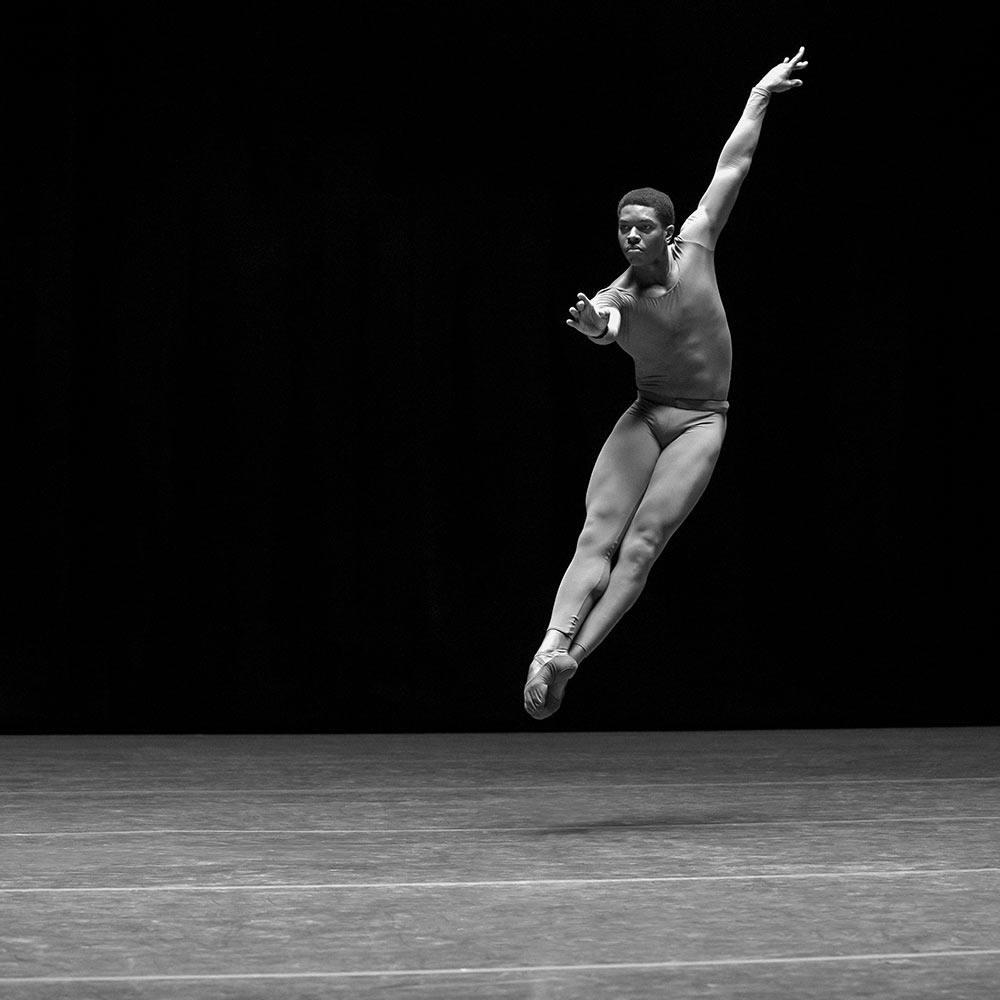
© Erin Baiano. (Click image for larger version)
Abraham overlays this modernist, almost by-the-book rigor with ripples that flow across the dancers’ backs, crouches, fluid, vine-like arms, and tilts. At the end of the first section, the dancer Christopher Grant crouches down, in silence, looking out at the viewer with an unsettling vulnerability that speaks of the anxiety and uncertainty all performers must be feeling at this moment. When will this all be over, his eyes seem to ask. In a final pas de deux, set to Muhly’s slightly sentimental “Falling Berceuse” – why does sentiment so often come with sentimentality? – Abraham creates partnering in which both dancers take turns supporting and yielding to each other. He catches her and draws her to him; she lowers him to the ground; both stand in arabesque, holding hands; he arches his back deeply as she holds him in her arms. Even though she is on pointe and he is not, the fact that they are male and female almost evaporates.
The dance is bookended by the elements: falling snow at the start, and the whistle of wind at the end. Emptiness reigns. I’ve read that When We Fell was created in winter, at a residency in upstate New York, at Kaatsbaan. That wintriness has infiltrated every aspect of the dance. It leaves you with a chilly feeling. The theater is empty, but the dancers keep it alive with their ghostly presence.
When We Fell is available through to 22 April 2021 on New York City Ballet’s Youtube page.









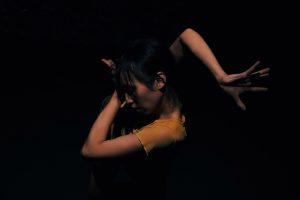
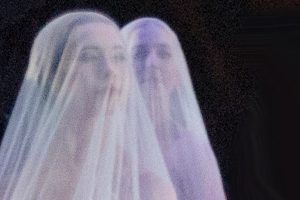
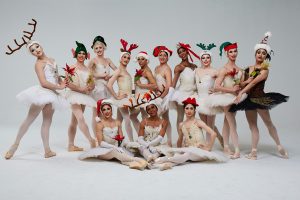
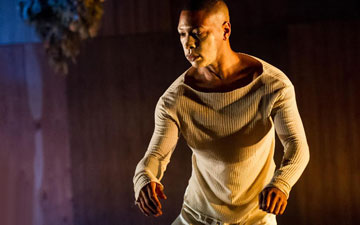
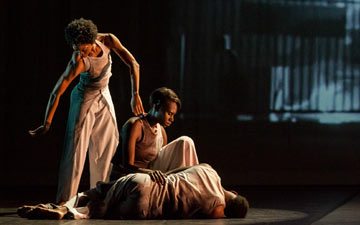
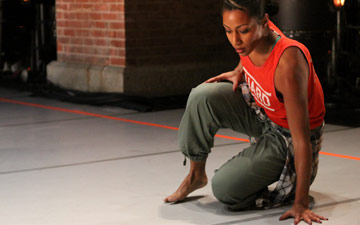
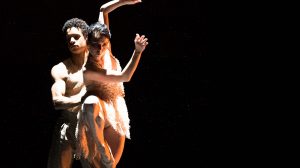
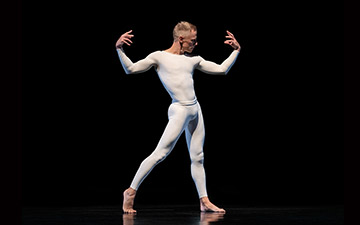
You must be logged in to post a comment.